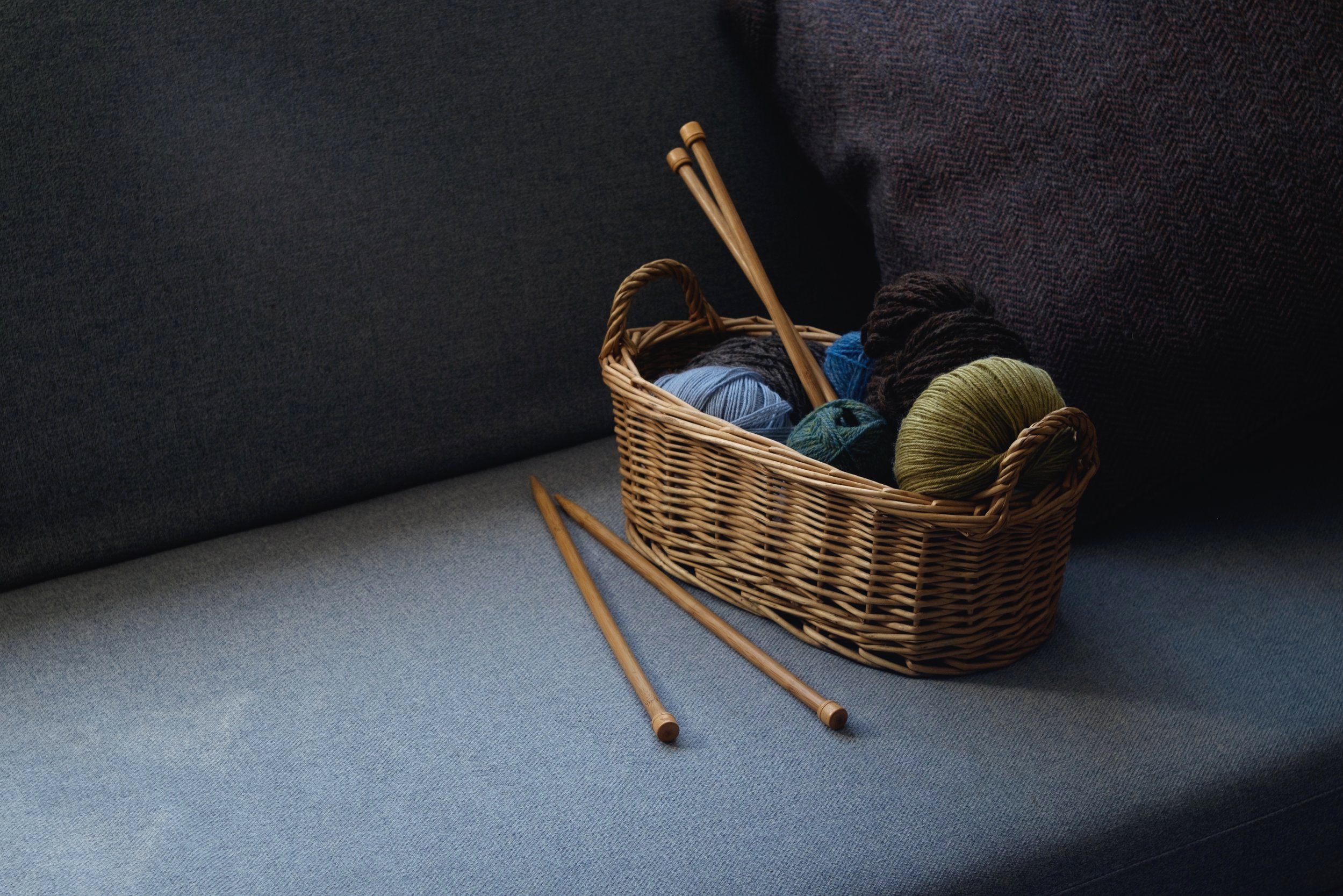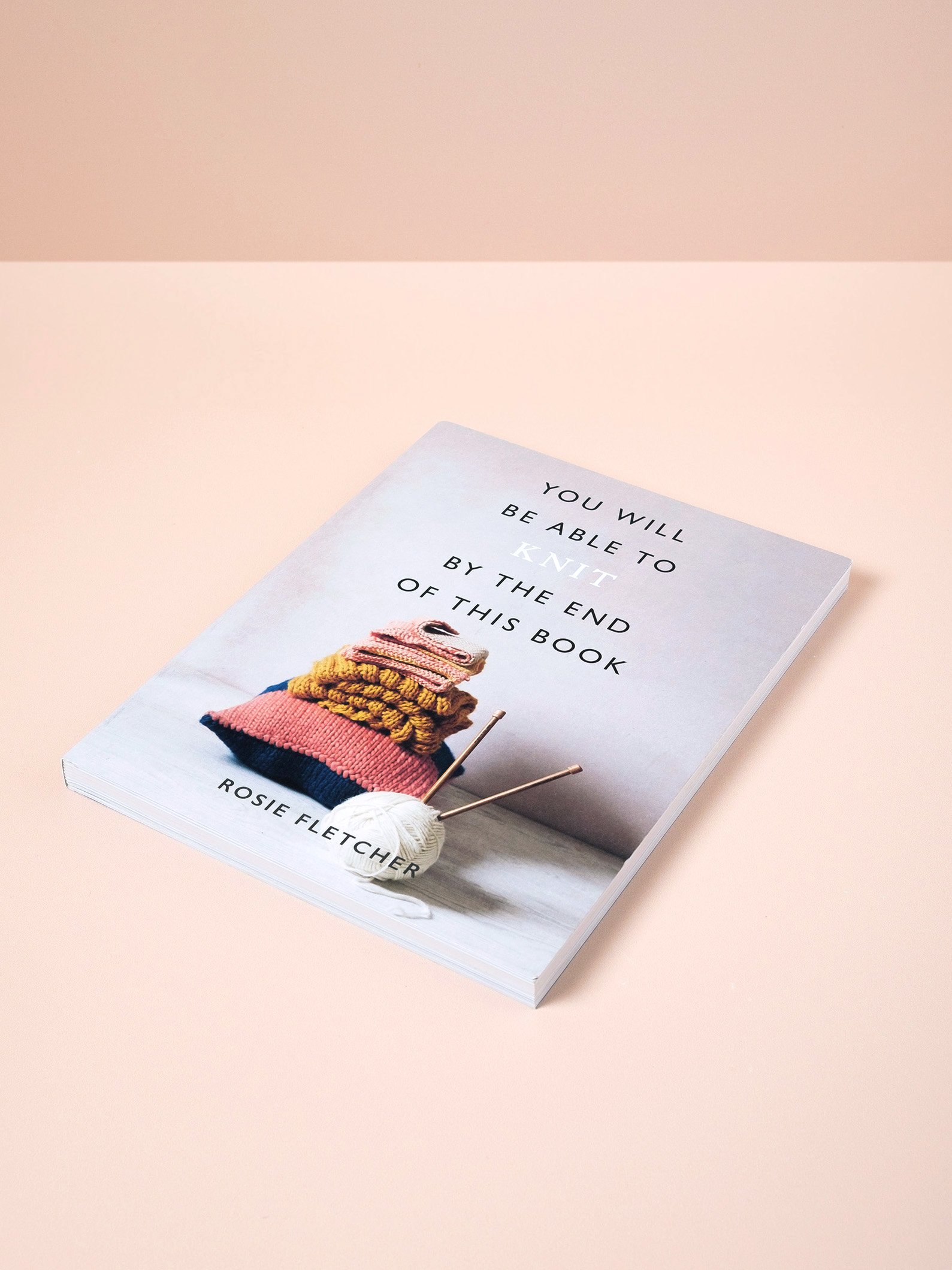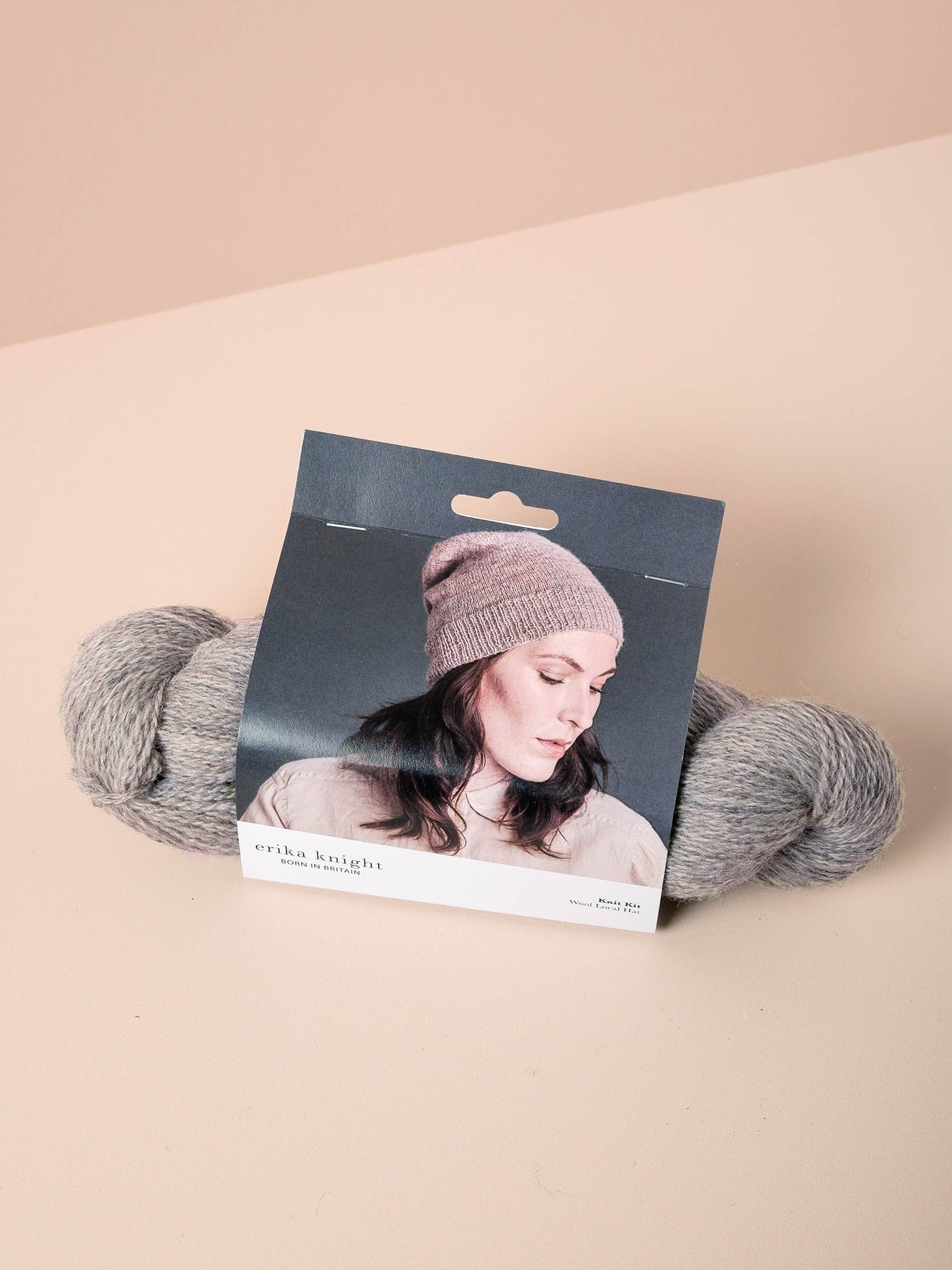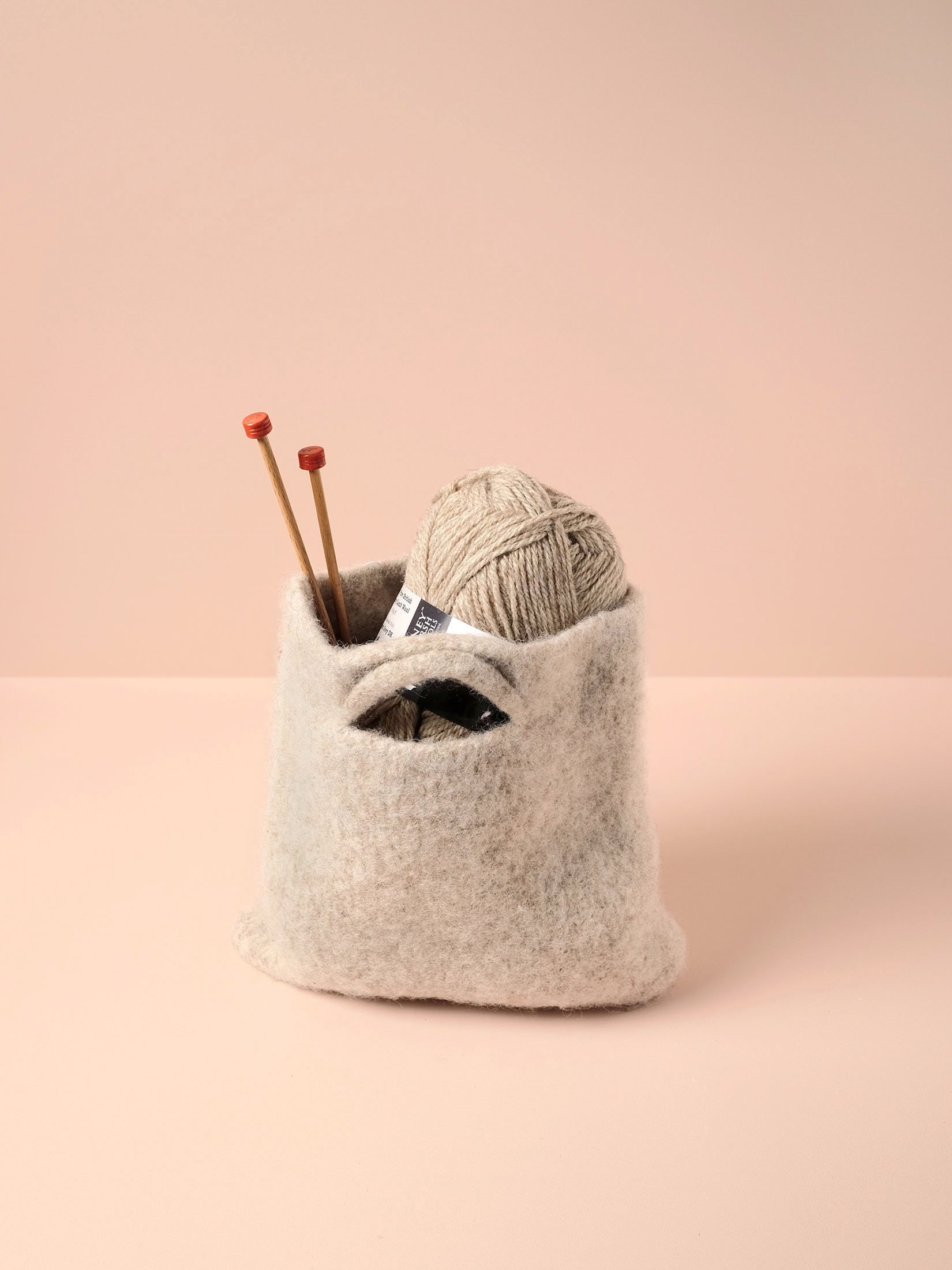Learning to Knit
The satisfaction of wearing a garment or an accessory that you’ve made yourself from scratch is one of the very best things about knitting. And it’s really easy to get started. All you need is a ball of yarn and some needles, and just three main techniques will be enough to make your first project. Here we’ll look at how to choose your tools and which tutorials to follow to make the experience as simple and rewarding as possible.
Step 1: Gather Your Tools
Yarn
Choose your yarn first, as the needles that you use will depend on the thickness (or weight) of the yarn. At this stage it’s really important to pick something that you like. You’re going to be working with this yarn a lot, so go for a colour and a feel that inspires you, and which you will want to wear when it’s finished. Unlike sewing, it’s really easy to unpick your work and start again if something goes wrong, so treat yourself to the best yarn that you can afford.
You will probably want to choose a fairly thick or chunky yarn to learn with. This has two advantages: firstly it will be easy to grip and less fiddly than working with a finer yarn, and secondly it’ll be quick to knit with, so you’ll see progress straight away.
Needles
There are so many different types of needle on the market that it can be really confusing to know where to start. For your first project you should buy a set of straight needles in the size that corresponds to your yarn. The recommended needle size should be written on the yarn label, or you can ask when you buy it.
Needles come in a variety of materials, the most common being metal, plastic, wood or bamboo. Which ones you use is really down to personal preference, although beginners may find it easier to knit on bamboo or wooden needles as they will grip the yarn better. We suggest wooden needles, such as Knit Pro Basix for learning to knit.
Step 2: Choose Your Resources
There are a huge amount of resources out there for beginner knitters. You could choose to learn from online tutorials, videos or from a book or magazine, or you could take a class at your local knitting shop or college.
We’ve put together a set of tutorials to help you start your knitting journey. You can either follow the links below, or head to our Tutorials page to see them all.
If you’re learning independently, then you’re going to need to learn three basic skills in order to tackle your first project:
-Cast on (I’d recommend a long tail cast on for beginners)
A great way to master these three skills is to cast on around 15-20cm worth of stitches, knit every row to make a square swatch, and then cast off.
Make sure that you pick a quiet place to practise, and give yourself enough time to work through tutorials a few times, and to repeat the things that you are learning. Much of knitting is down to muscle memory and repeated actions, and it will take time to perfect it.
Step 3: Plan Your First Project
Once you’ve mastered the skills above then you can knit your first project. The main thing is to pick something that isn’t too difficult or time consuming. In the early stages you want to see the results of your hard work quickly, and not get put off by anything too technical. The more things you finish, the more confident you will be taking on more difficult projects. We’ve put together a selection of beginner friendly kits that would be perfect for a first knitting project, and contain everything that you need to get started.
Step 4: Troubleshooting
There are bound to be some hiccups when you first start. Common problems are dropped stitches, extra stitches appearing on your needles, or strange holes in your knitting.
Ask for help
There are lots of tutorials out there to help fix anything that could possibly go wrong. Alternatively, if you’re lucky enough to live near a knitting shop or know another knitter, this is the time to ask them for help. The knitting community is really supportive, and they’ll usually be very happy to help.
Don’t ignore it
If you do encounter any problems it’s important to try and address them as soon as possible, as the longer you leave it the more work you might potentially need to unpick.
Embrace mistakes
Everyone makes mistakes when they learn a new skill; it’s just part of the journey. Slightly imperfect hand knits are one of the joys of knitting - wear your mistakes with pride!
Next Steps
This is the really exciting bit! Now you’ve started your knitting journey it’s totally up to you where you take it. You might want to create an entirely hand-knit wardrobe, knit for friends or for a charity, or design your own garments and accessories. You could explore knitting with different colours and patterns, different textures such as cables, or different fibres like such as cotton or silk.
You’ll probably want to start putting together a toolkit of knitting notions, and adding to a stash of yarn, and you might choose to join a local knitting group or an online platform such as Ravelry.
Now is the time to get on Pinterest or Instagram and search for inspiration. Join Ravelry, and browse through the patterns there. Find designers that you like and knitting stores that stock the types of yarn that you want to work with.
Most importantly have fun! And feel free to reach out in the comments with any ideas, questions or advice that you have.
















